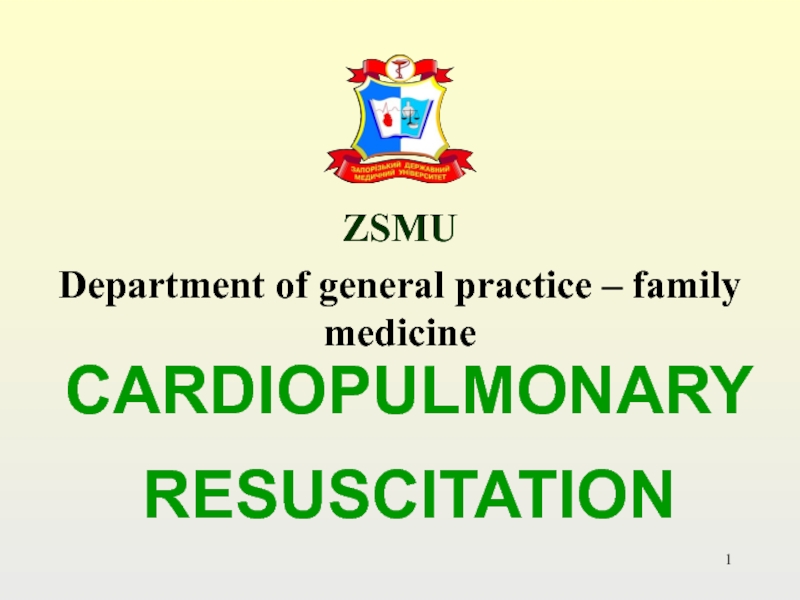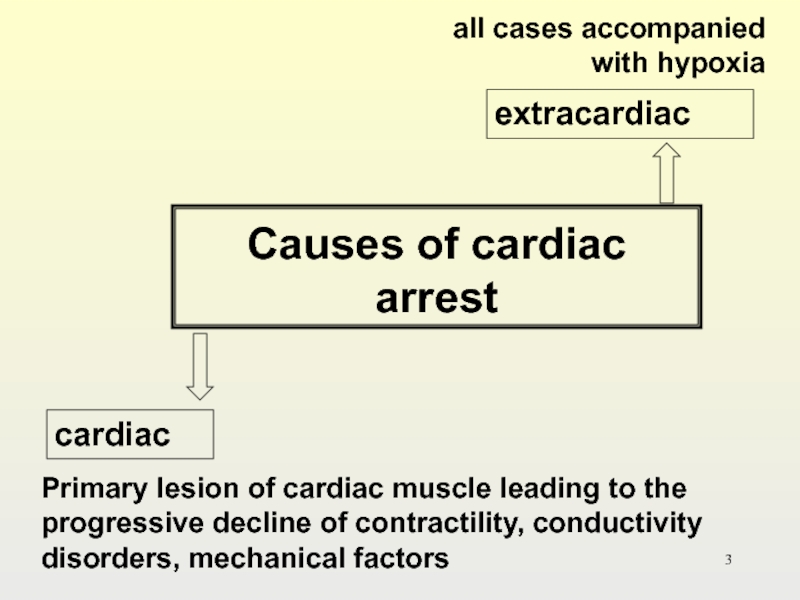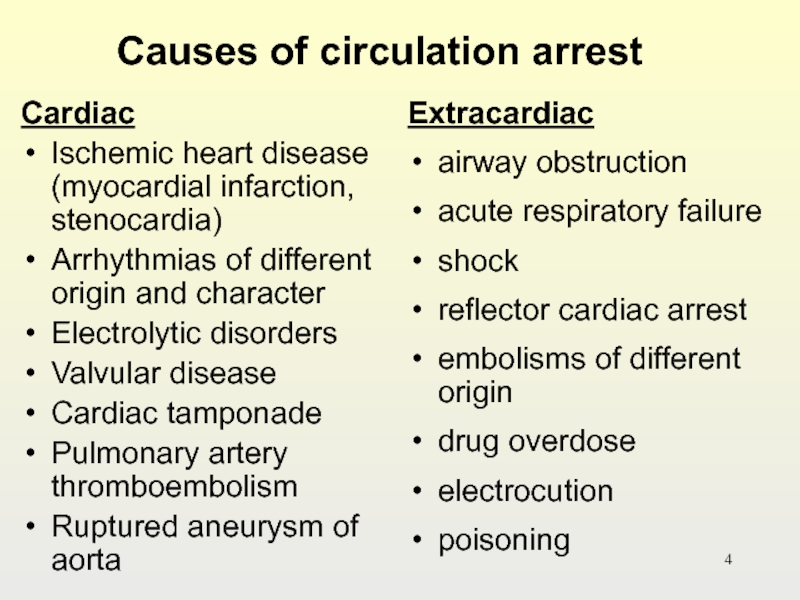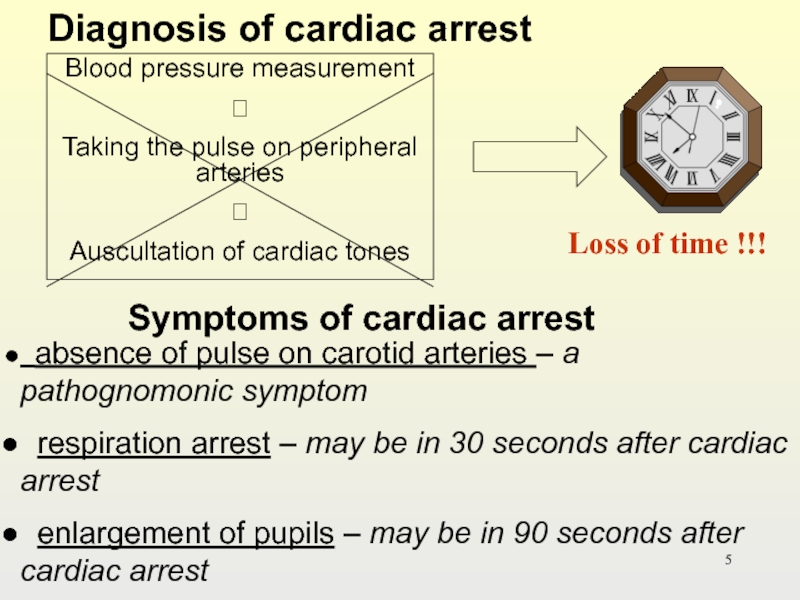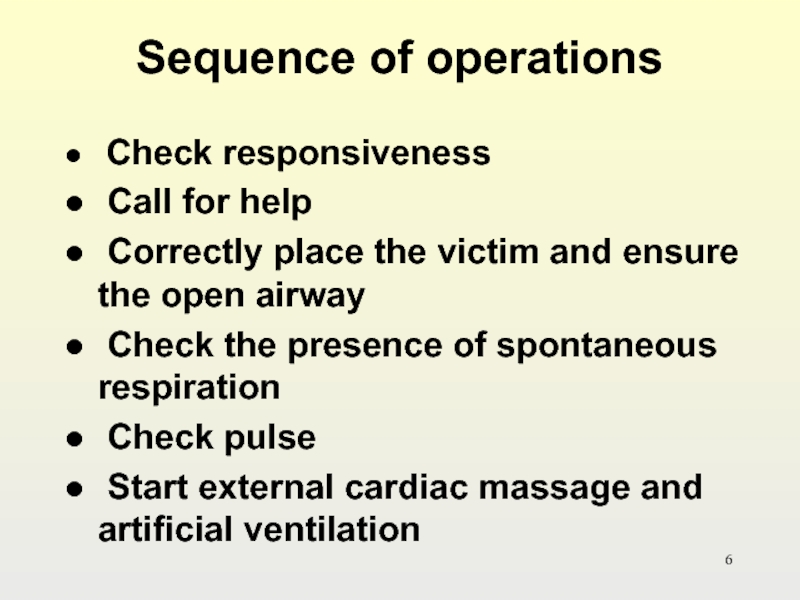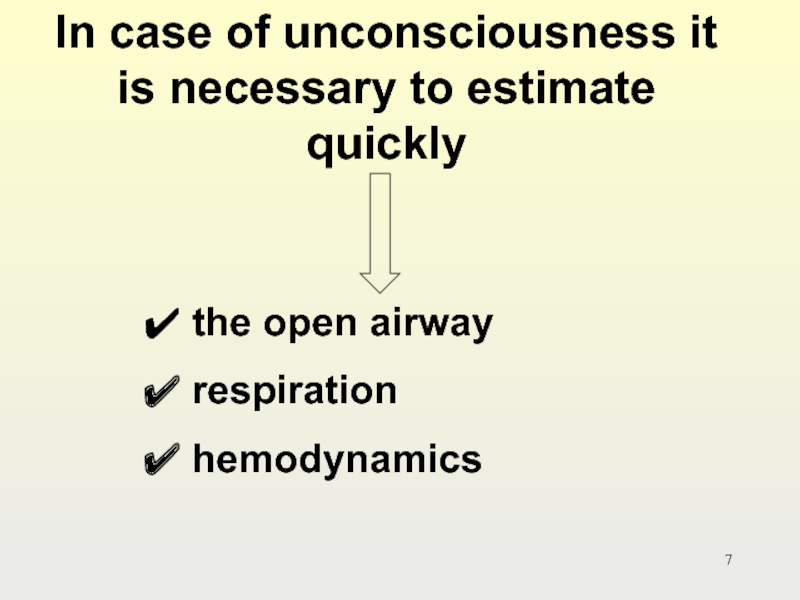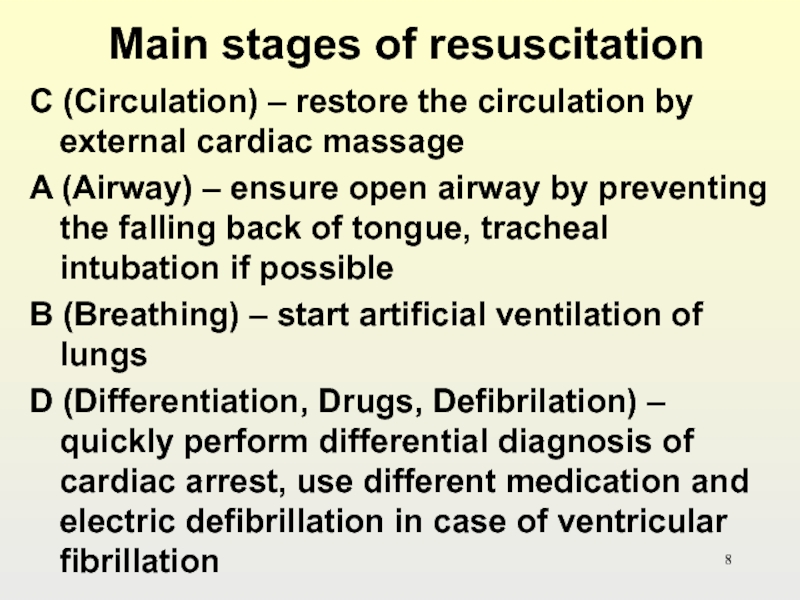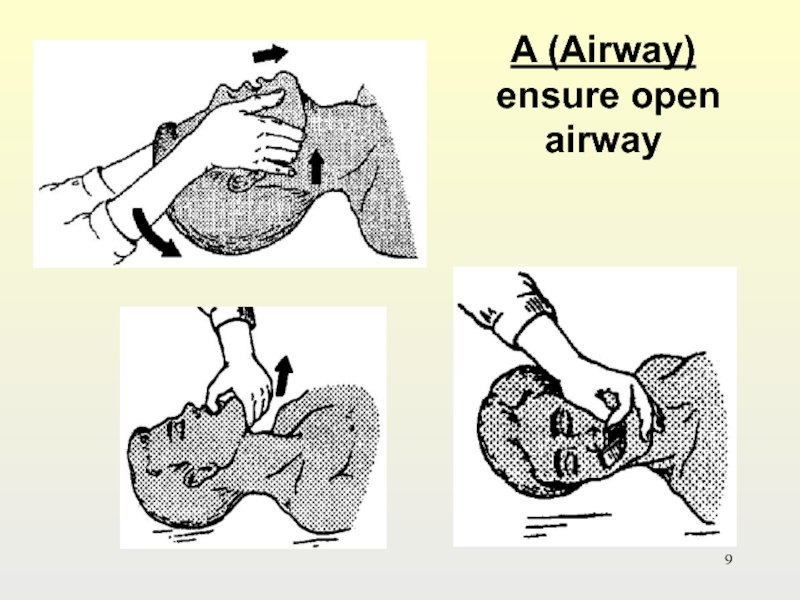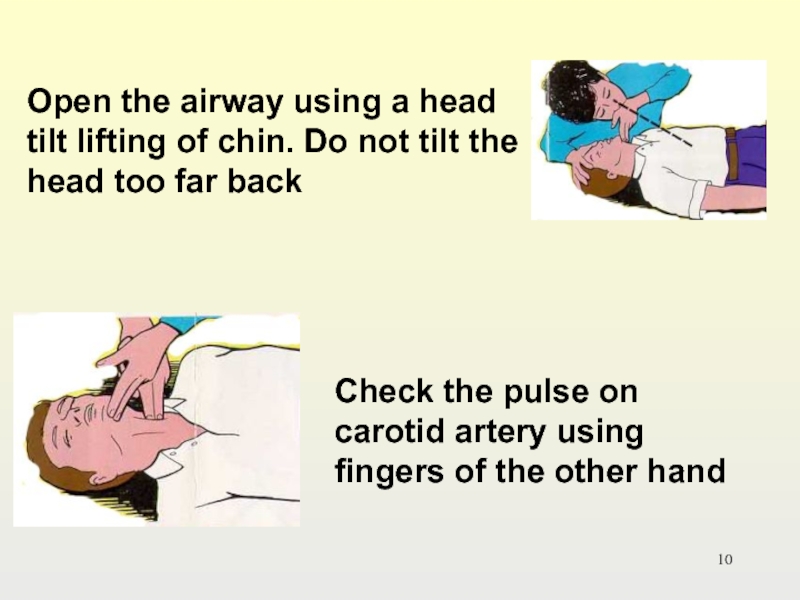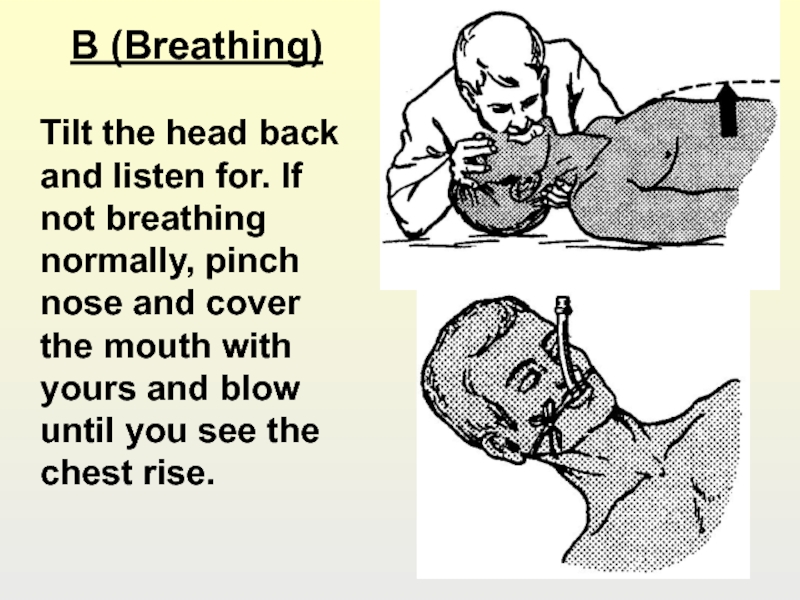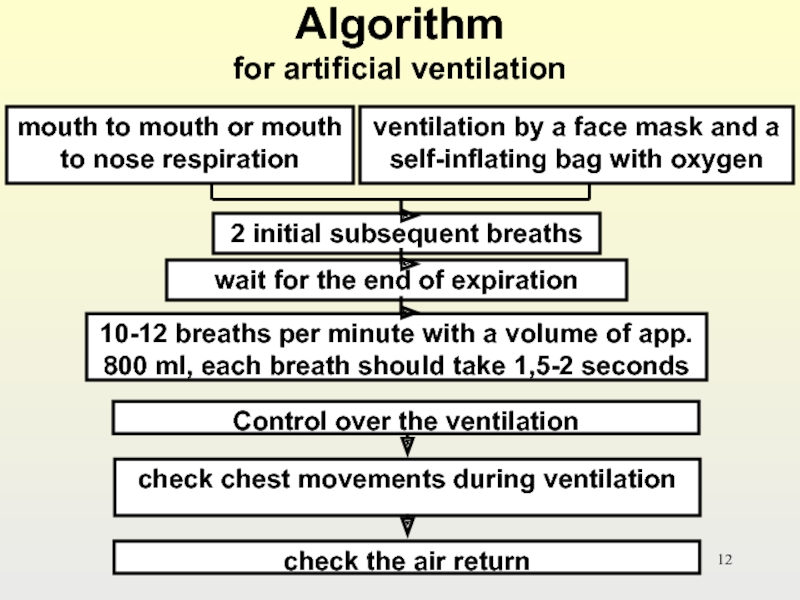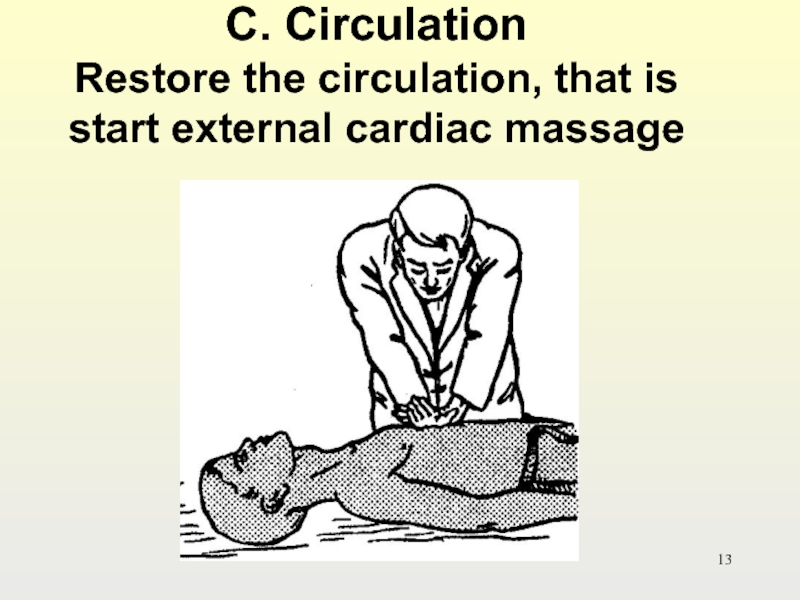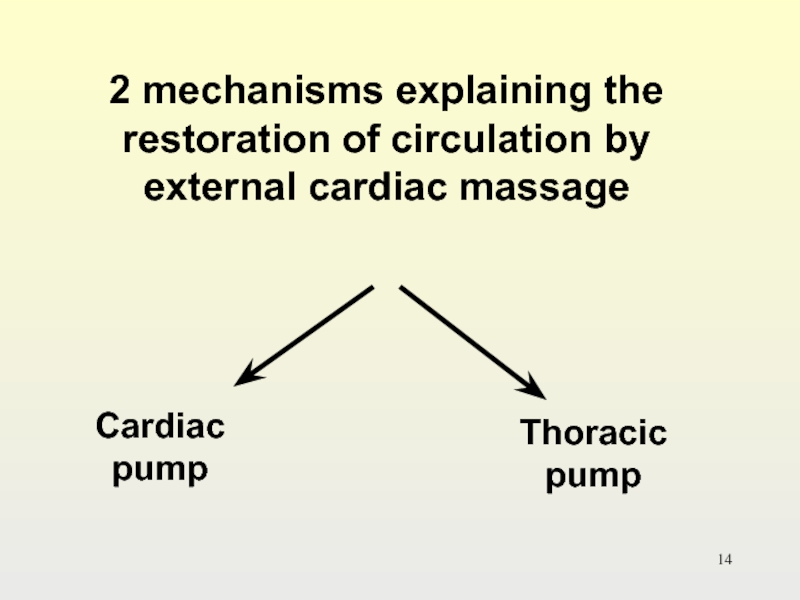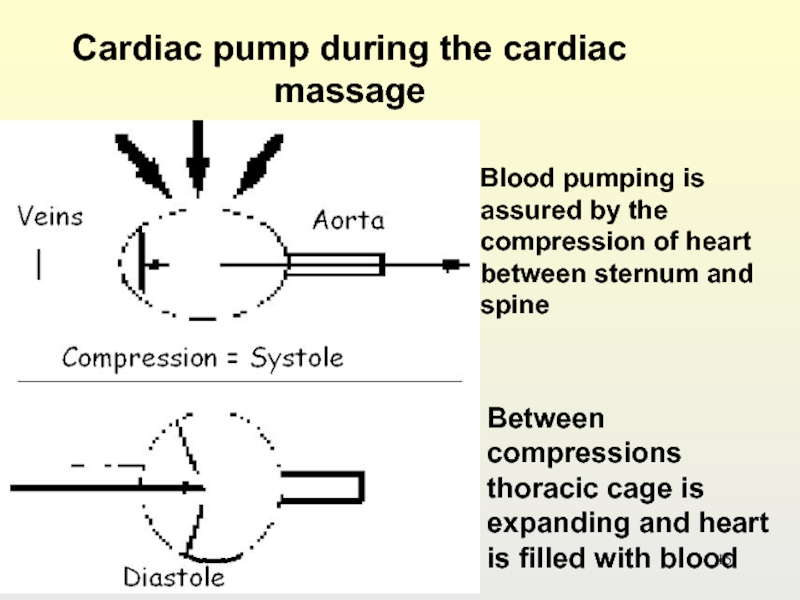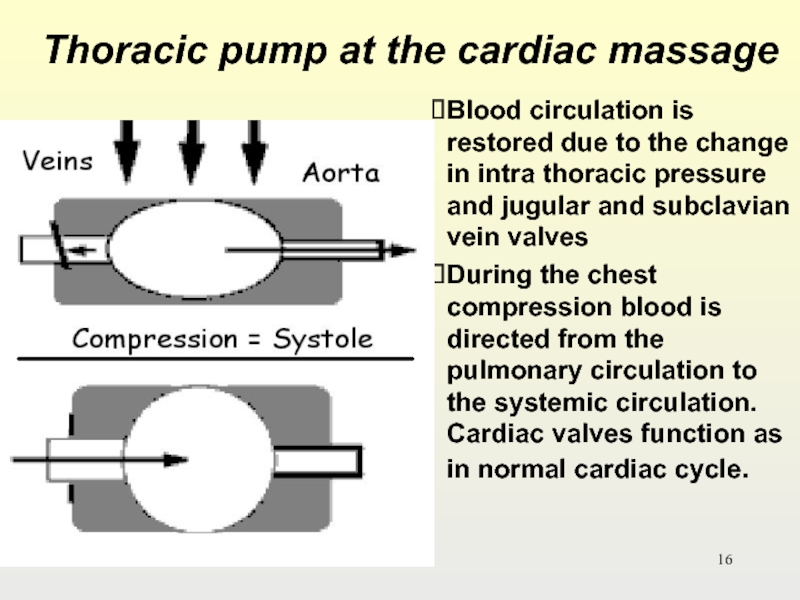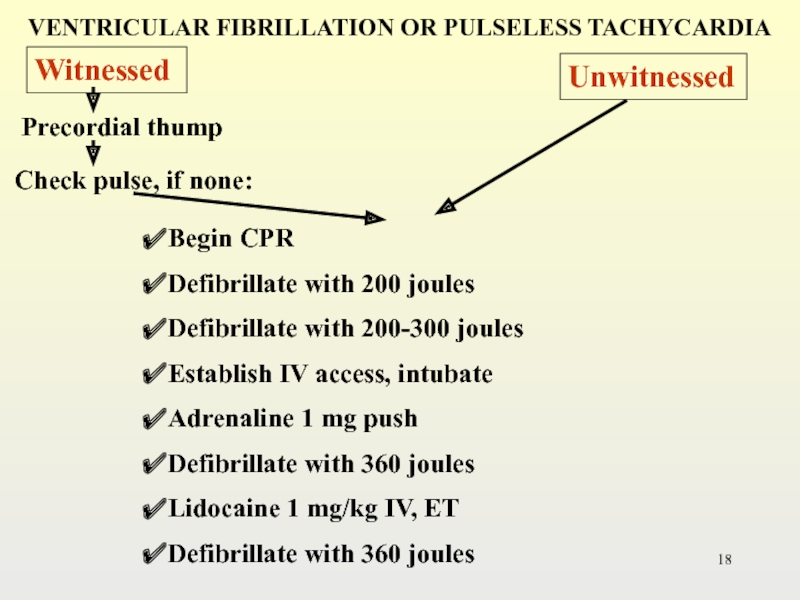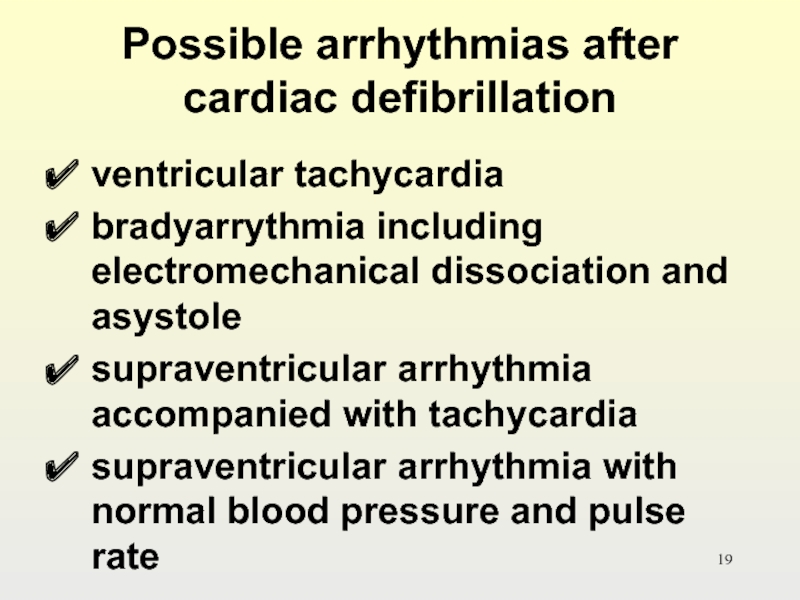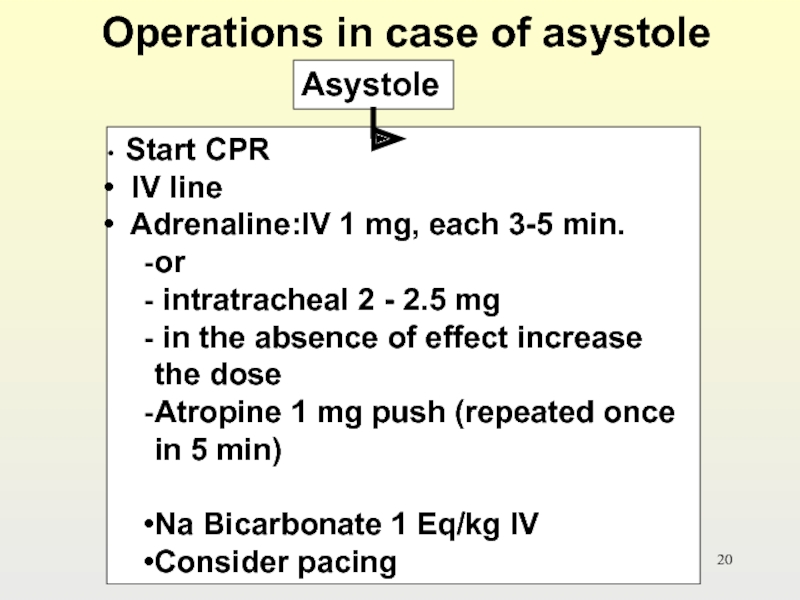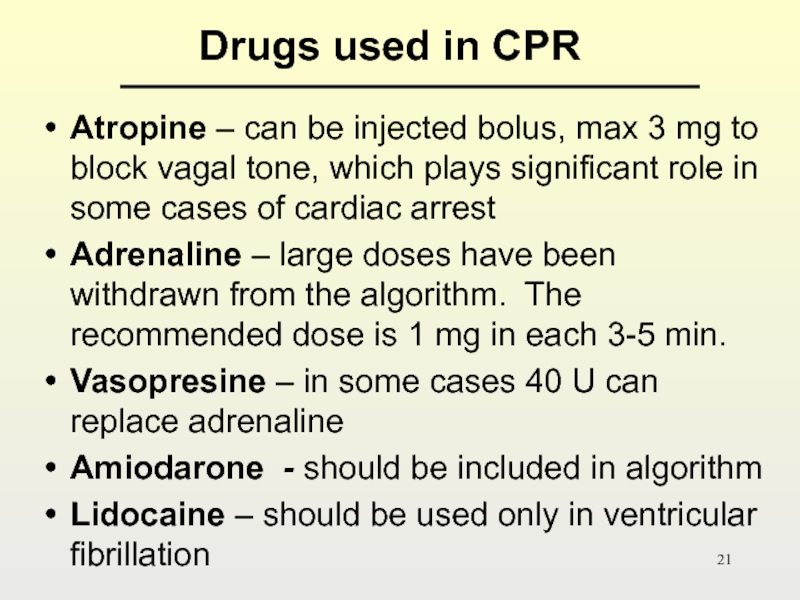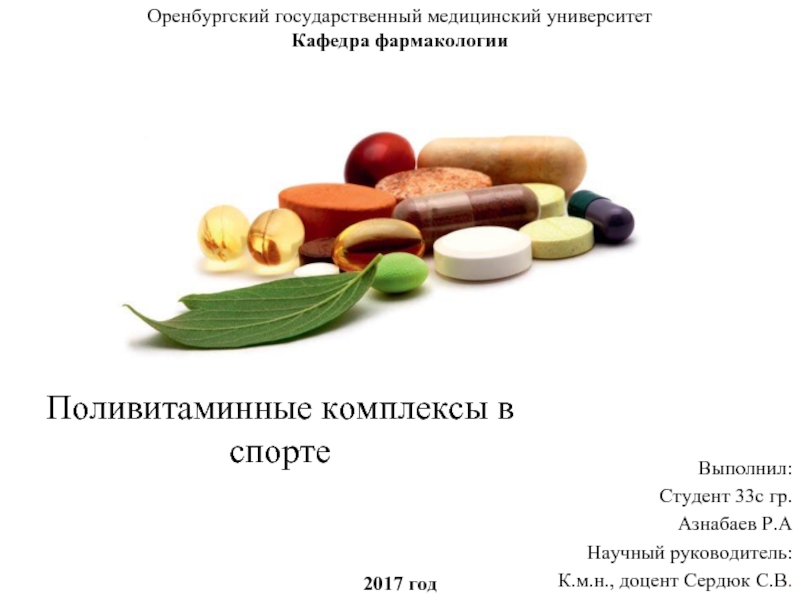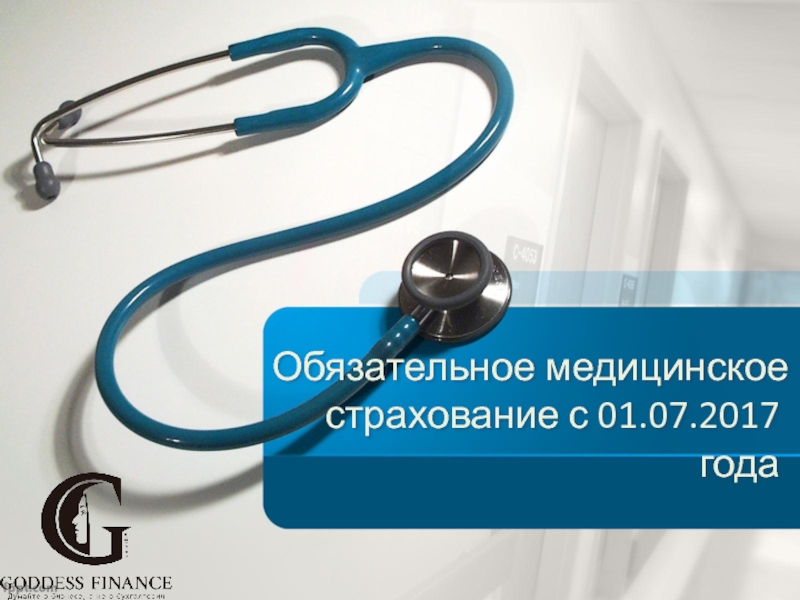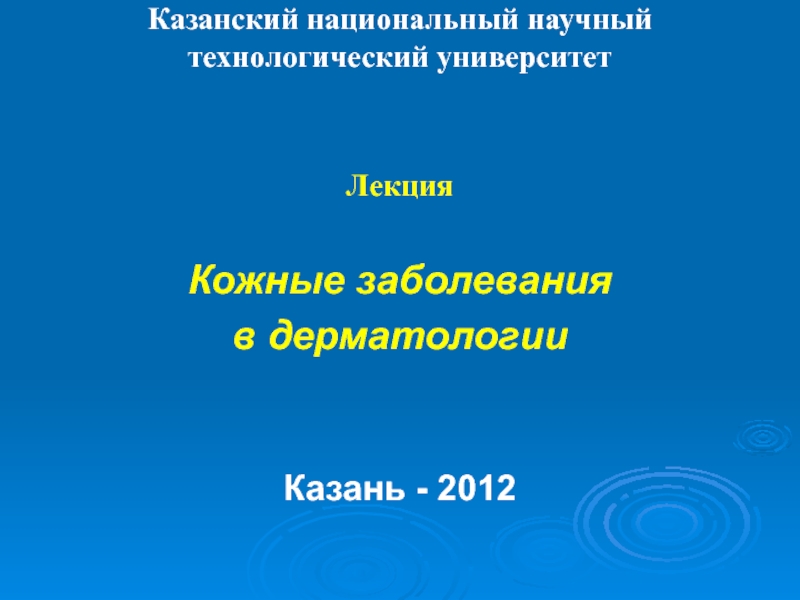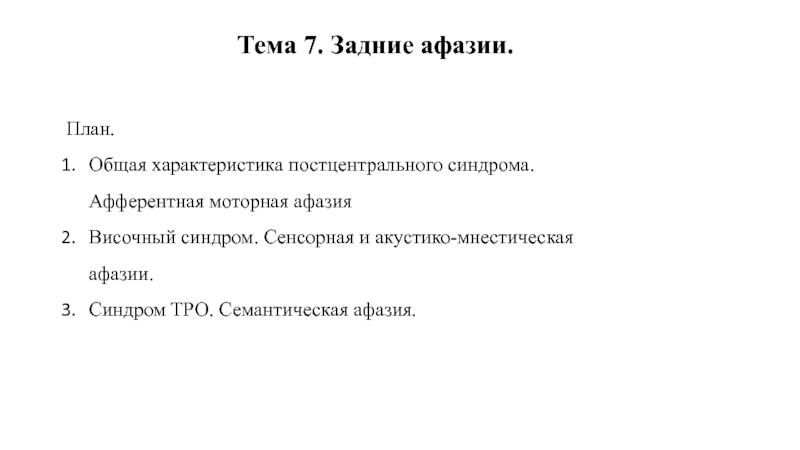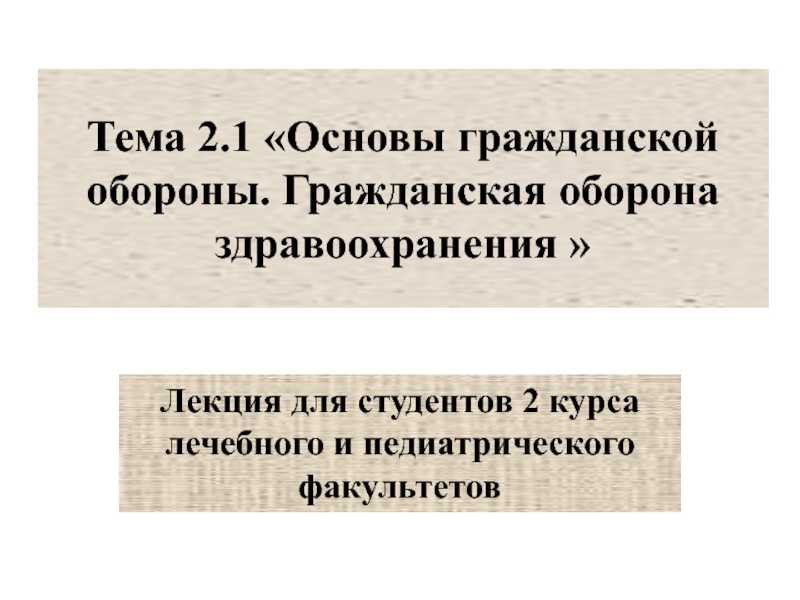- Главная
- Разное
- Дизайн
- Бизнес и предпринимательство
- Аналитика
- Образование
- Развлечения
- Красота и здоровье
- Финансы
- Государство
- Путешествия
- Спорт
- Недвижимость
- Армия
- Графика
- Культурология
- Еда и кулинария
- Лингвистика
- Английский язык
- Астрономия
- Алгебра
- Биология
- География
- Детские презентации
- Информатика
- История
- Литература
- Маркетинг
- Математика
- Медицина
- Менеджмент
- Музыка
- МХК
- Немецкий язык
- ОБЖ
- Обществознание
- Окружающий мир
- Педагогика
- Русский язык
- Технология
- Физика
- Философия
- Химия
- Шаблоны, картинки для презентаций
- Экология
- Экономика
- Юриспруденция
Cardiopulmonary resuscitation презентация
Содержание
- 1. Cardiopulmonary resuscitation
- 2. HISTORICAL REVIEW 5000 - first artificial mouth
- 3. Causes of cardiac arrest cardiac extracardiac Primary
- 4. Causes of circulation arrest Cardiac Ischemic heart
- 5. Diagnosis of cardiac arrest Symptoms of
- 6. Sequence of operations Check responsiveness
- 7. In case of unconsciousness it is necessary
- 8. Main stages of resuscitation C (Circulation) –
- 9. A (Airway) ensure open airway
- 10. Open the airway using a head tilt
- 11. B (Breathing) Tilt the head back
- 12. mouth to mouth or mouth to nose
- 13. C. Circulation Restore the circulation, that is start external cardiac massage
- 14. 2 mechanisms explaining the restoration of circulation by external cardiac massage Cardiac pump Thoracic pump
- 15. Cardiac pump during the cardiac massage Blood
- 16. Thoracic pump at the cardiac massage Blood
- 17. ALGORITHM of Cardiopulmonary resuscitation 4 cycles: 15
- 18. VENTRICULAR FIBRILLATION OR PULSELESS TACHYCARDIA Witnessed Unwitnessed
- 19. Possible arrhythmias after cardiac defibrillation ventricular tachycardia
- 20. Operations in case of asystole Asystole
- 21. Drugs used in CPR Atropine – can
Слайд 2HISTORICAL REVIEW
5000 - first artificial mouth to mouth
1780 – first attempt of newborn resuscitation by blowing
1874 – first experimental direct cardiac massage
1901 – first successful direct cardiac massage in man
1946 – first experimental indirect cardiac massage and defibrillation
1960 – indirect cardiac massage
1980 – development of cardiopulmonary resuscitation due to the works of Peter Safar
Слайд 3Causes of cardiac arrest
cardiac
extracardiac
Primary lesion of cardiac muscle leading to the
all cases accompanied with hypoxia
Слайд 4Causes of circulation arrest
Cardiac
Ischemic heart disease (myocardial infarction, stenocardia)
Arrhythmias of different
Electrolytic disorders
Valvular disease
Cardiac tamponade
Pulmonary artery thromboembolism
Ruptured aneurysm of aorta
Extracardiac
airway obstruction
acute respiratory failure
shock
reflector cardiac arrest
embolisms of different origin
drug overdose
electrocution
poisoning
Слайд 5Diagnosis of cardiac arrest
Symptoms of cardiac arrest
absence of pulse
respiration arrest – may be in 30 seconds after cardiac arrest
enlargement of pupils – may be in 90 seconds after cardiac arrest
Blood pressure measurement
Taking the pulse on peripheral arteries
Auscultation of cardiac tones
Loss of time !!!
Слайд 6Sequence of operations
Check responsiveness
Call for help
Correctly place the
Check the presence of spontaneous respiration
Check pulse
Start external cardiac massage and artificial ventilation
Слайд 7In case of unconsciousness it is necessary to estimate quickly
the
respiration
hemodynamics
Слайд 8Main stages of resuscitation
C (Circulation) – restore the circulation by external
A (Airway) – ensure open airway by preventing the falling back of tongue, tracheal intubation if possible
B (Breathing) – start artificial ventilation of lungs
D (Differentiation, Drugs, Defibrilation) – quickly perform differential diagnosis of cardiac arrest, use different medication and electric defibrillation in case of ventricular fibrillation
Слайд 10Open the airway using a head tilt lifting of chin. Do
Check the pulse on carotid artery using fingers of the other hand
Слайд 11B (Breathing)
Tilt the head back and listen for. If not breathing
Слайд 12mouth to mouth or mouth to nose respiration
ventilation by a face
2 initial subsequent breaths
wait for the end of expiration
10-12 breaths per minute with a volume of app. 800 ml, each breath should take 1,5-2 seconds
Algorithm
for artificial ventilation
Слайд 142 mechanisms explaining the restoration of circulation by external cardiac massage
Cardiac
Thoracic pump
Слайд 15Cardiac pump during the cardiac massage
Blood pumping is assured by the
Between compressions thoracic cage is expanding and heart is filled with blood
Слайд 16Thoracic pump at the cardiac massage
Blood circulation is restored due to
During the chest compression blood is directed from the pulmonary circulation to the systemic circulation. Cardiac valves function as in normal cardiac cycle.
Слайд 17ALGORITHM of Cardiopulmonary resuscitation
4 cycles: 15 compression and 2 breaths
10 cycles:
check the pulse on carotid arteries (5 sec)
in case of absence of pulse continue resuscitation
2 breaths (duration 1 – 1.5 sec.)
palpation of pulse on carotid arteries (5 – 10 sec.)
in case of absence of pulse initiate external cardiac massage
1 person
compression rate 80 – 100/min.
compression/breath = 15 : 2
compression rate 80 – 100/min
compression/breath = 5 : 1
2 breaths in 4 – 7 sec.
breath during 1 – 1.5 sec. after each 5th compression
2 persons
a
a
a
Слайд 18VENTRICULAR FIBRILLATION OR PULSELESS TACHYCARDIA
Witnessed
Unwitnessed
Precordial thump
Check pulse, if none:
Begin CPR
Defibrillate with
Defibrillate with 200-300 joules
Establish IV access, intubate
Adrenaline 1 mg push
Defibrillate with 360 joules
Lidocaine 1 mg/kg IV, ET
Defibrillate with 360 joules
Слайд 19Possible arrhythmias after cardiac defibrillation
ventricular tachycardia
bradyarrythmia including electromechanical dissociation and asystole
supraventricular
supraventricular arrhythmia with normal blood pressure and pulse rate
Слайд 20Operations in case of asystole
Asystole
Start CPR
IV line
Adrenaline:IV 1
or
intratracheal 2 - 2.5 mg
in the absence of effect increase the dose
Atropine 1 mg push (repeated once in 5 min)
Na Bicarbonate 1 Eq/kg IV
Consider pacing
Слайд 21Drugs used in CPR
Atropine – can be injected bolus, max 3
Adrenaline – large doses have been withdrawn from the algorithm. The recommended dose is 1 mg in each 3-5 min.
Vasopresine – in some cases 40 U can replace adrenaline
Amiodarone - should be included in algorithm
Lidocaine – should be used only in ventricular fibrillation
